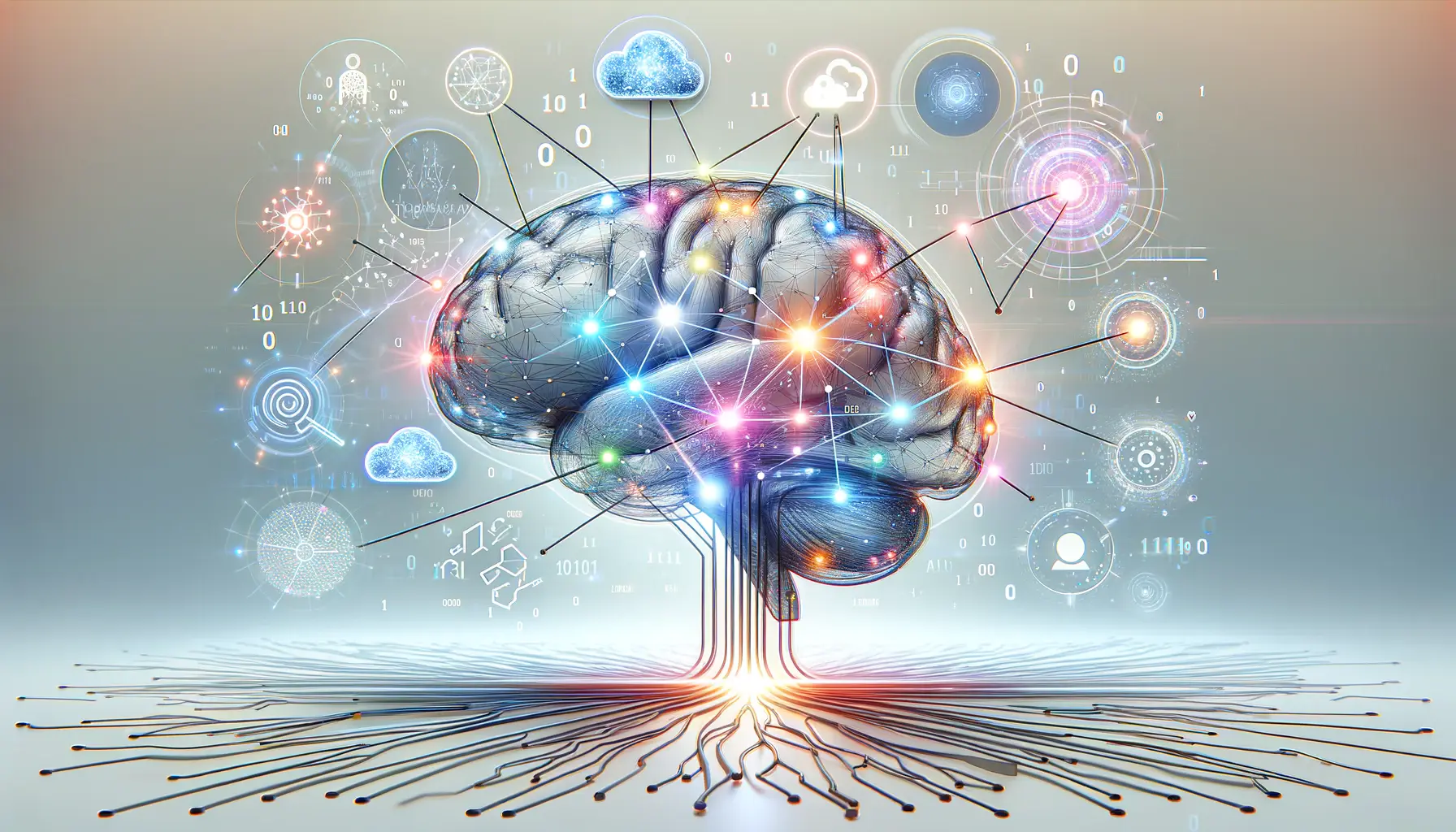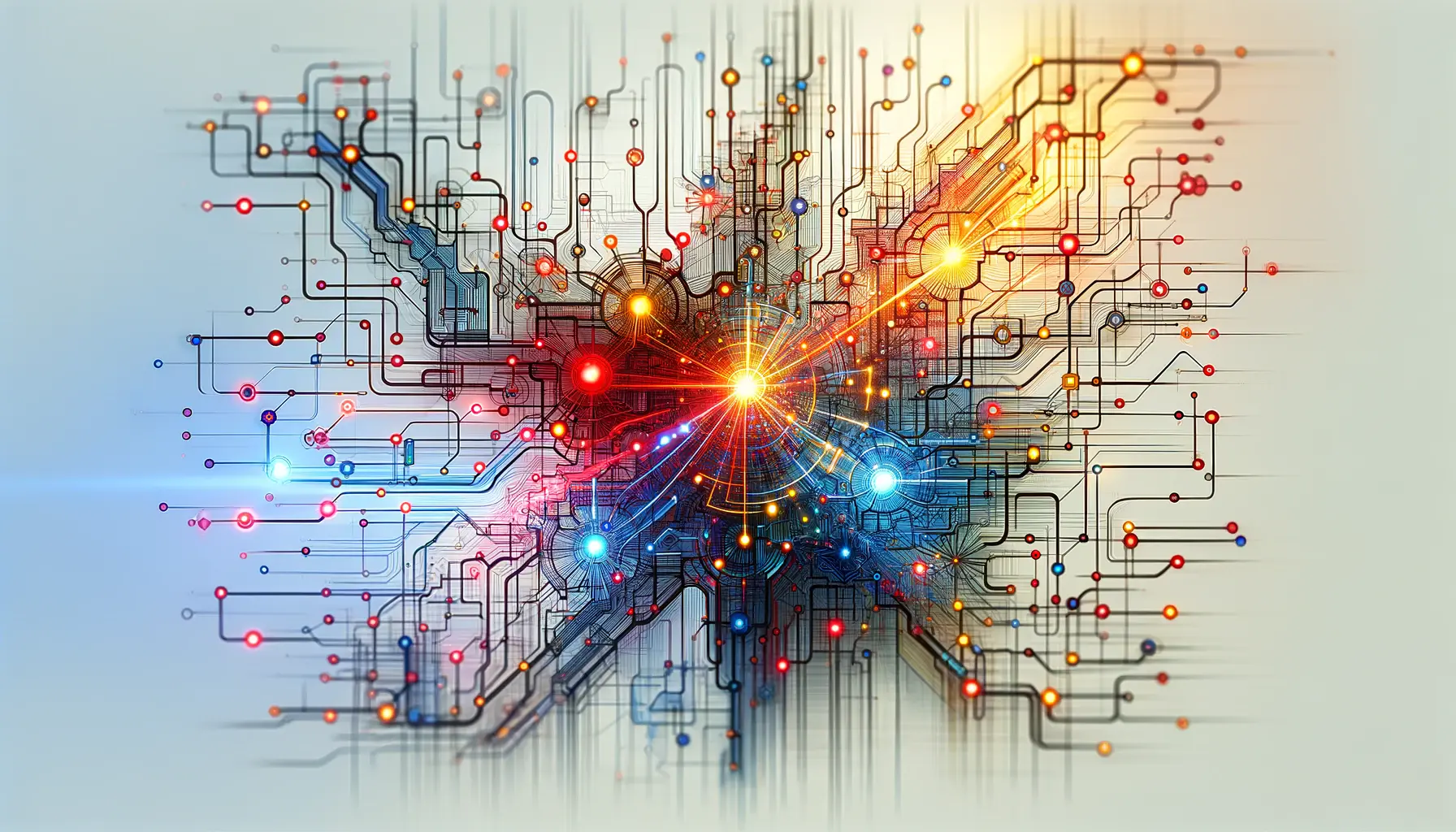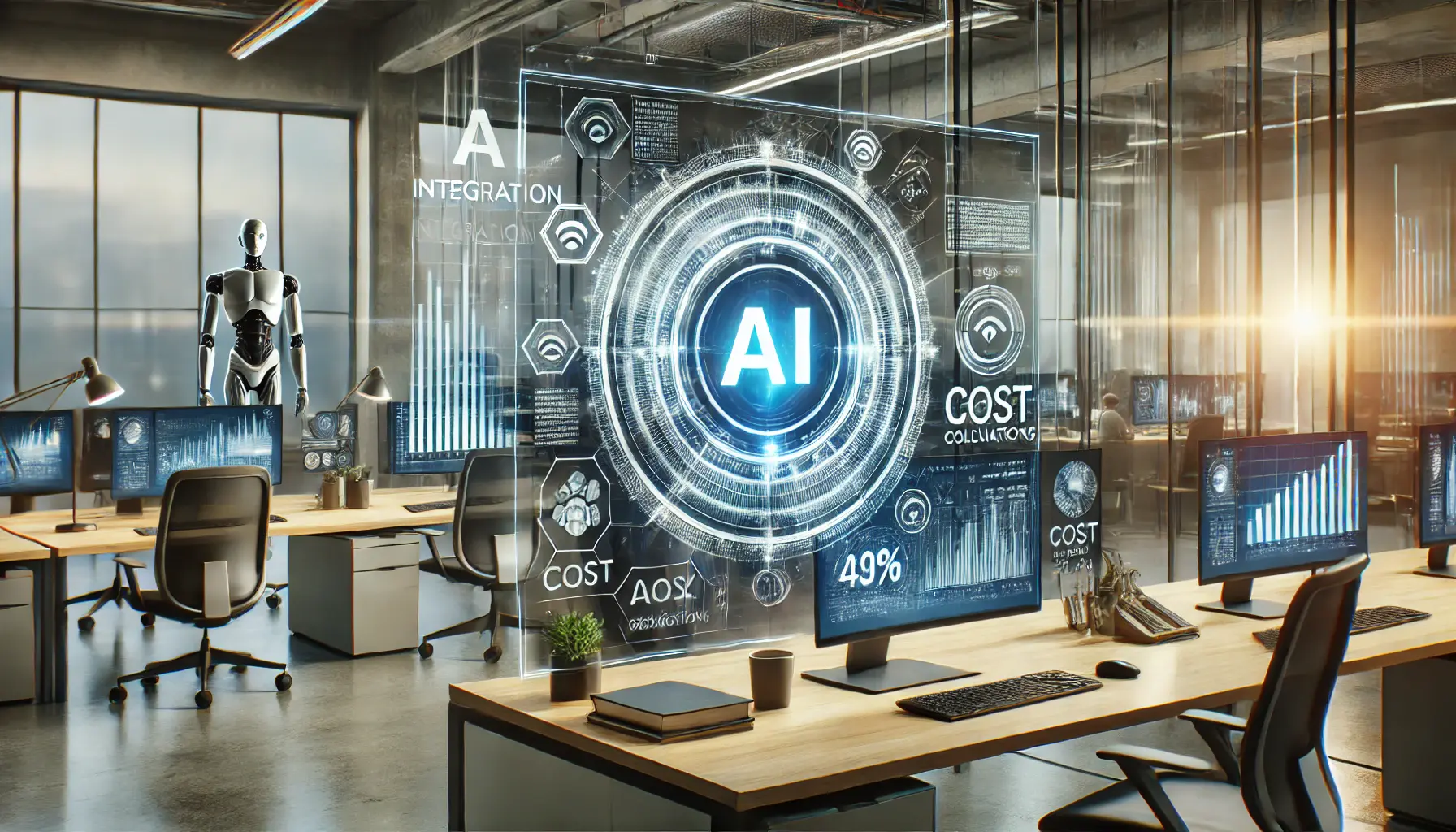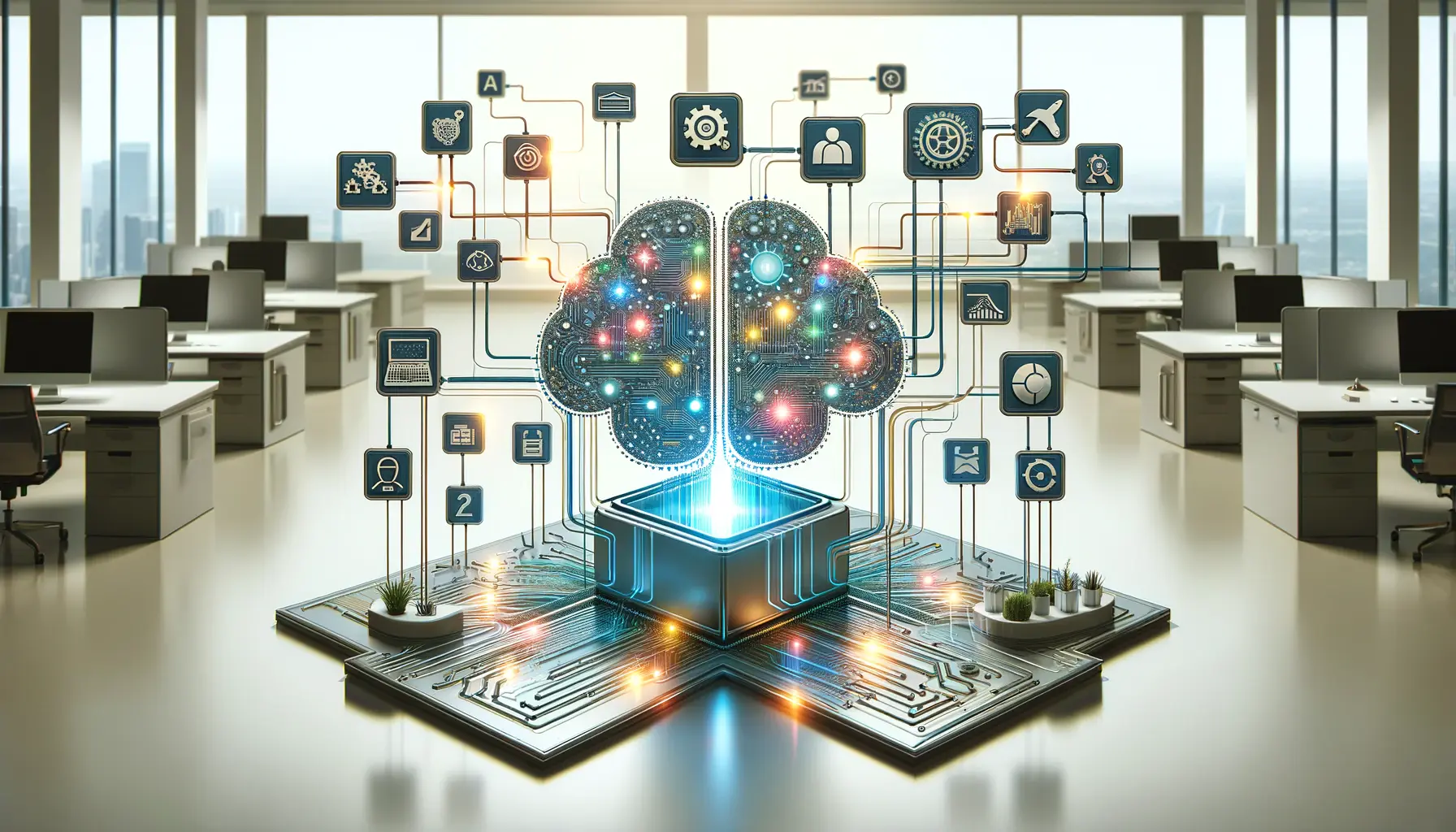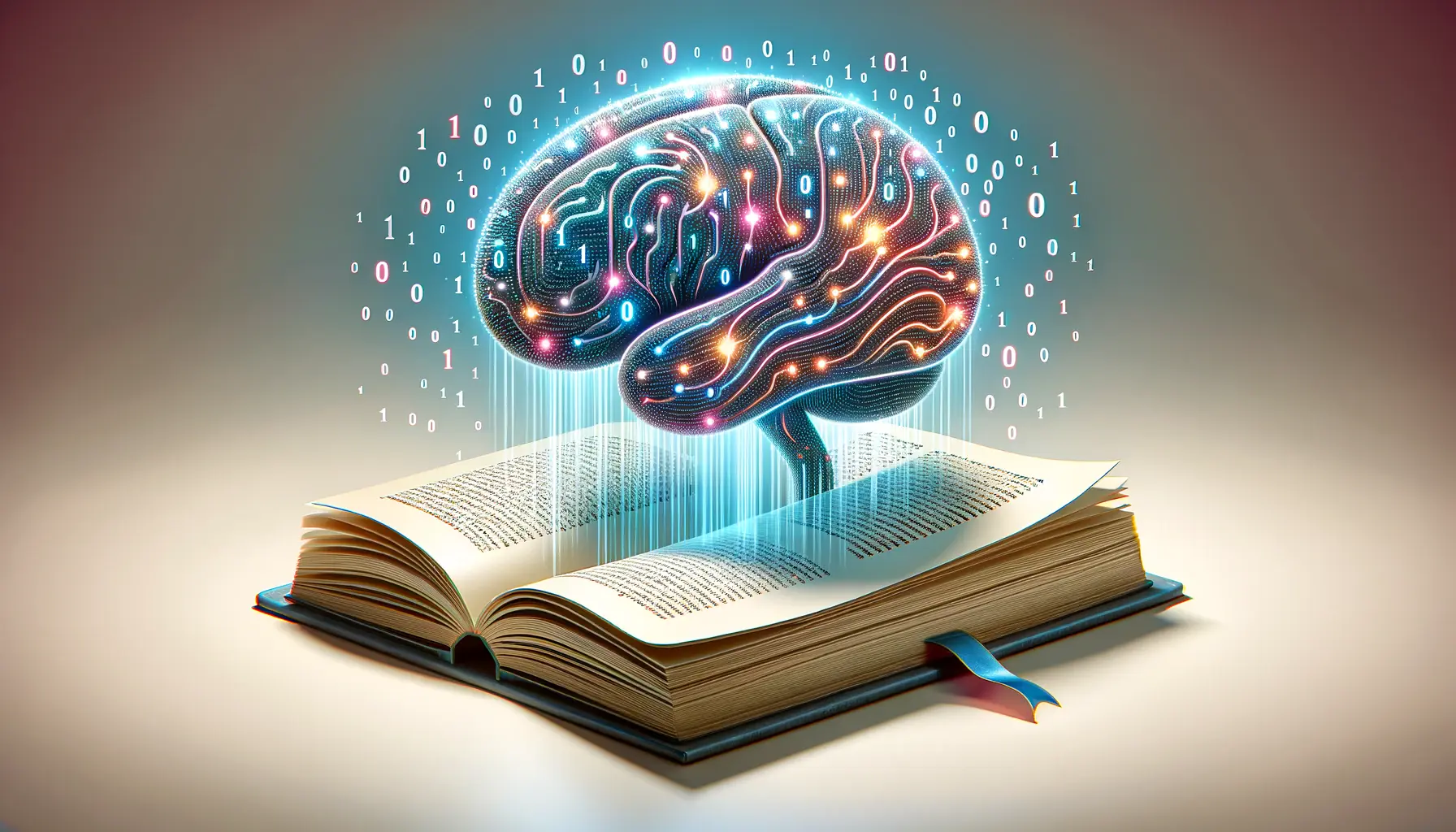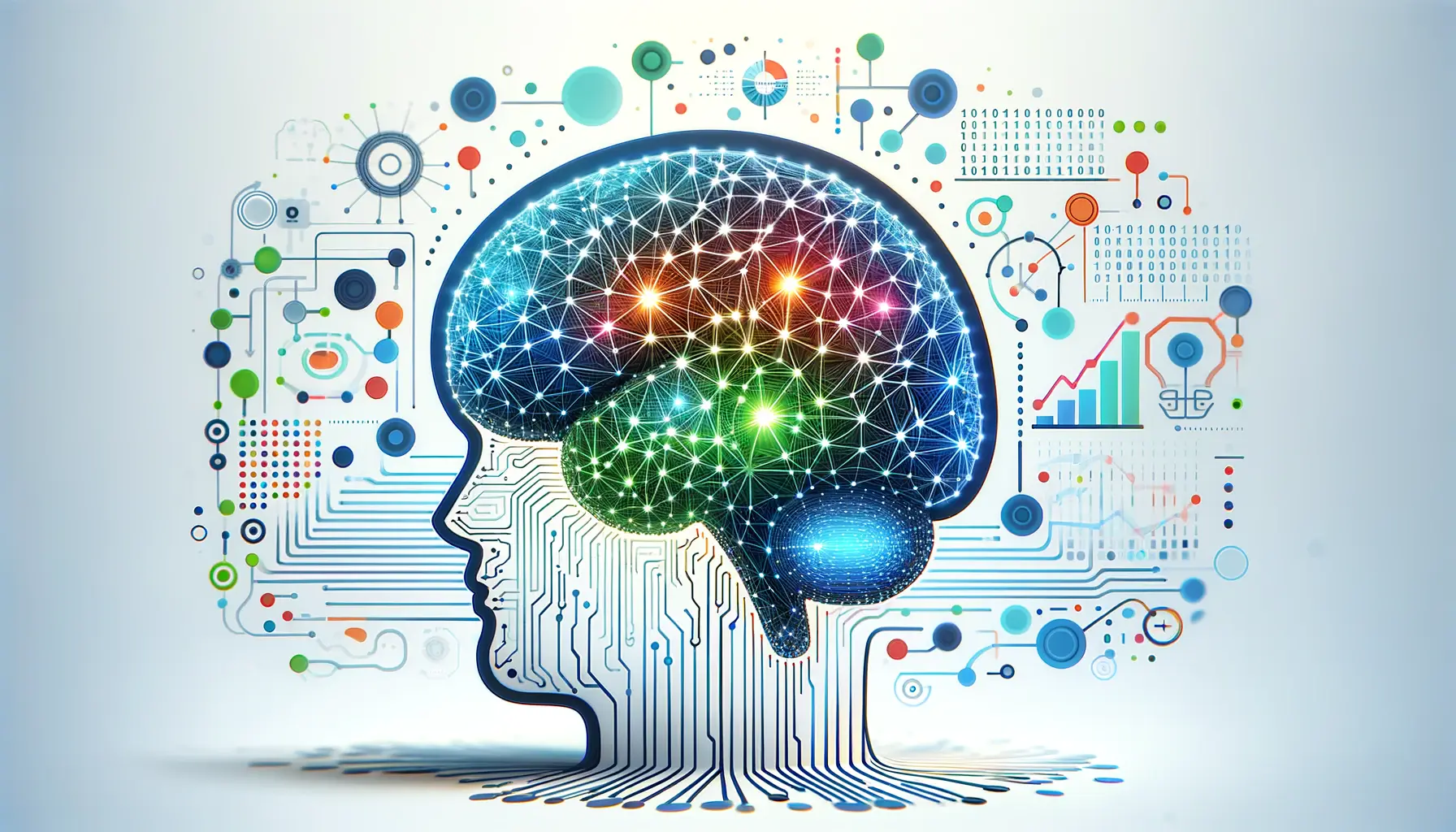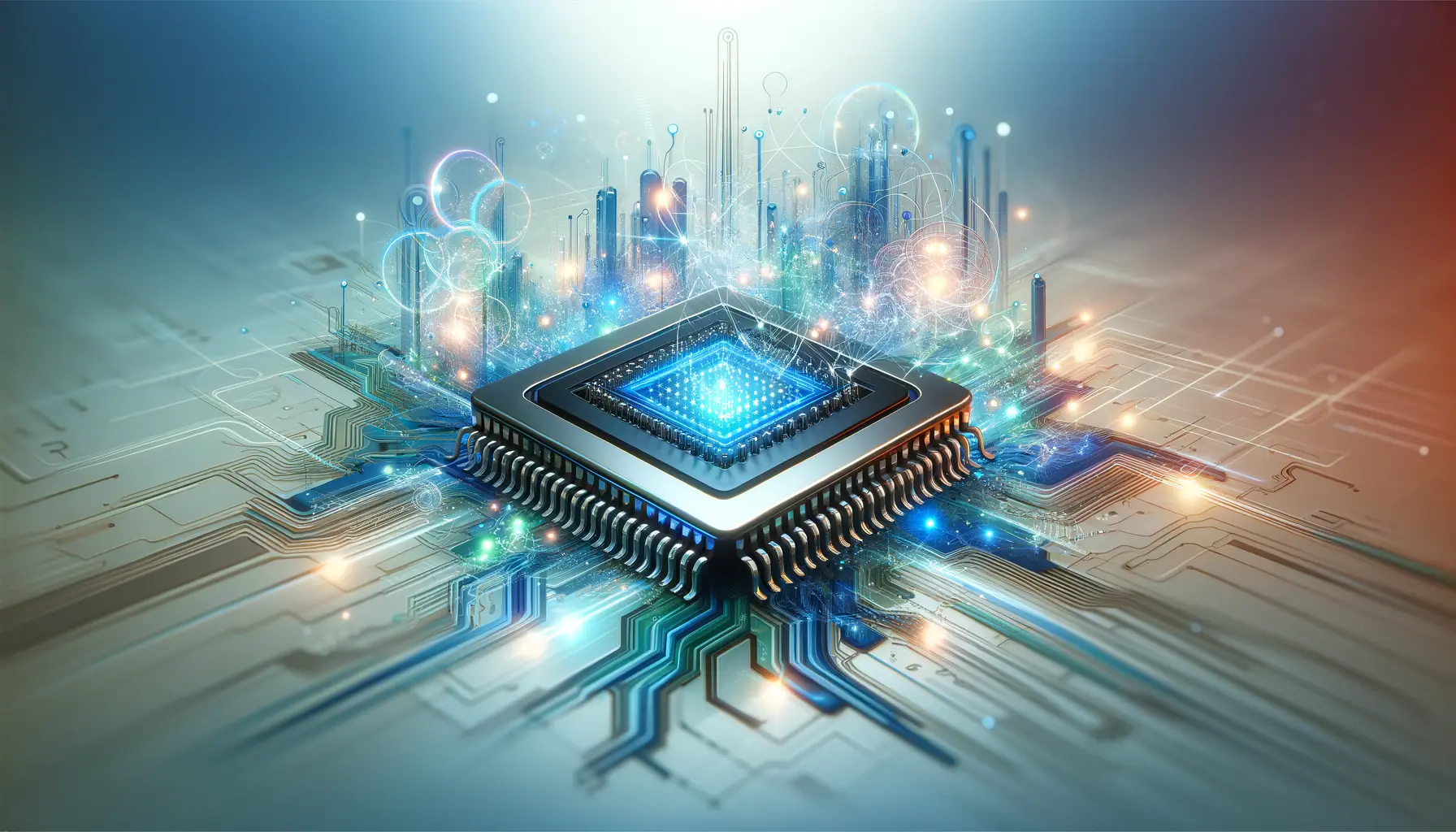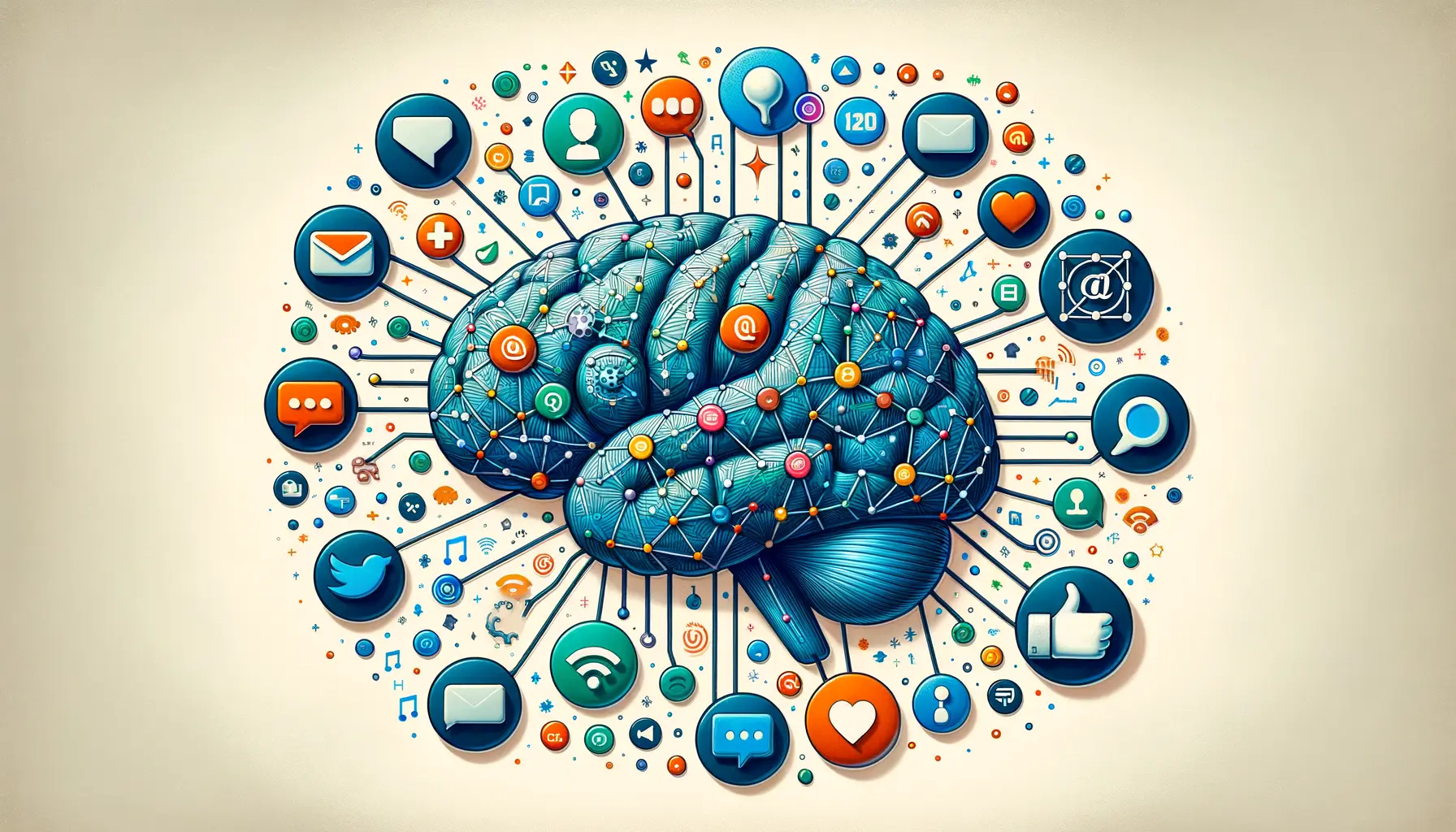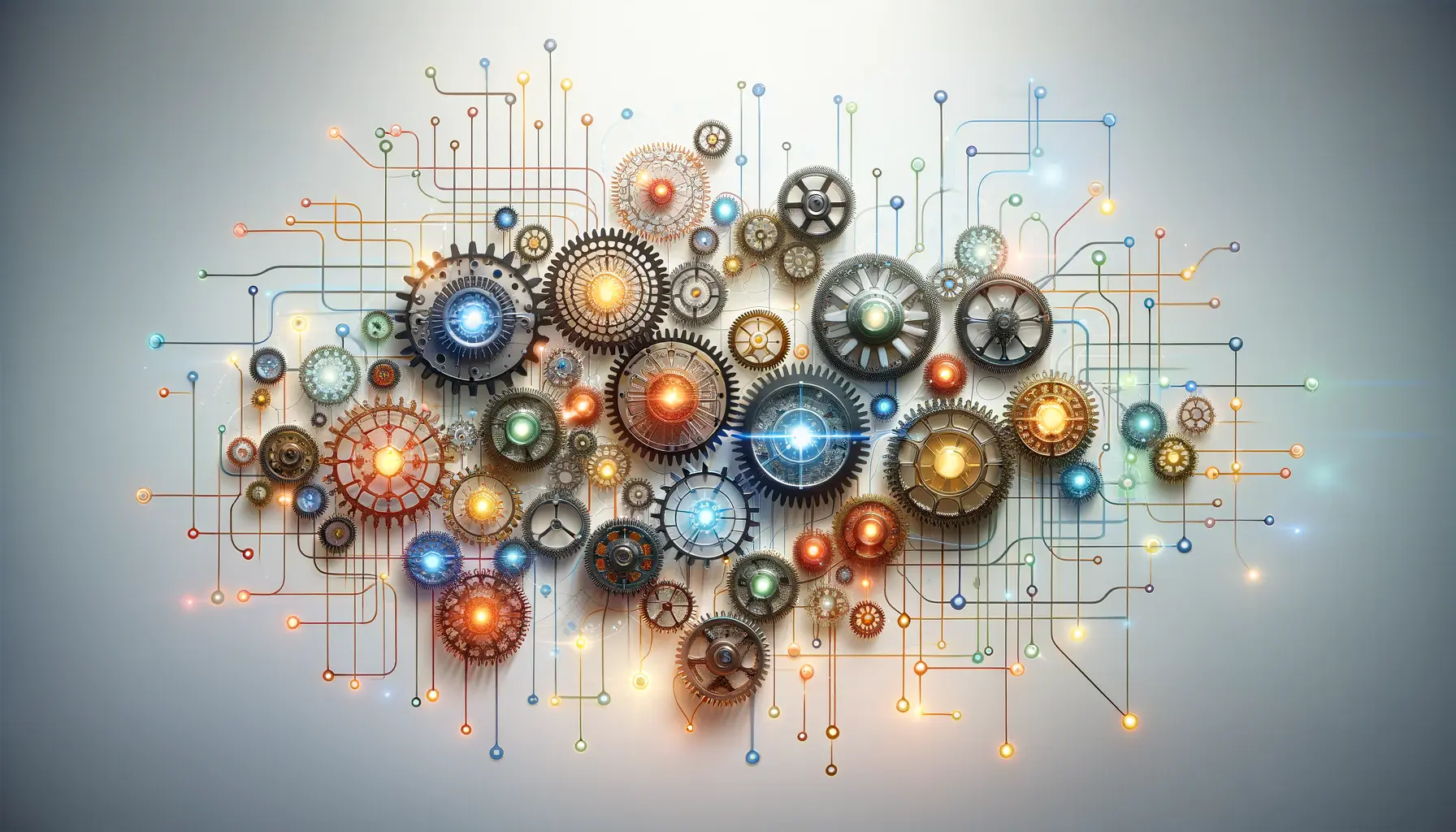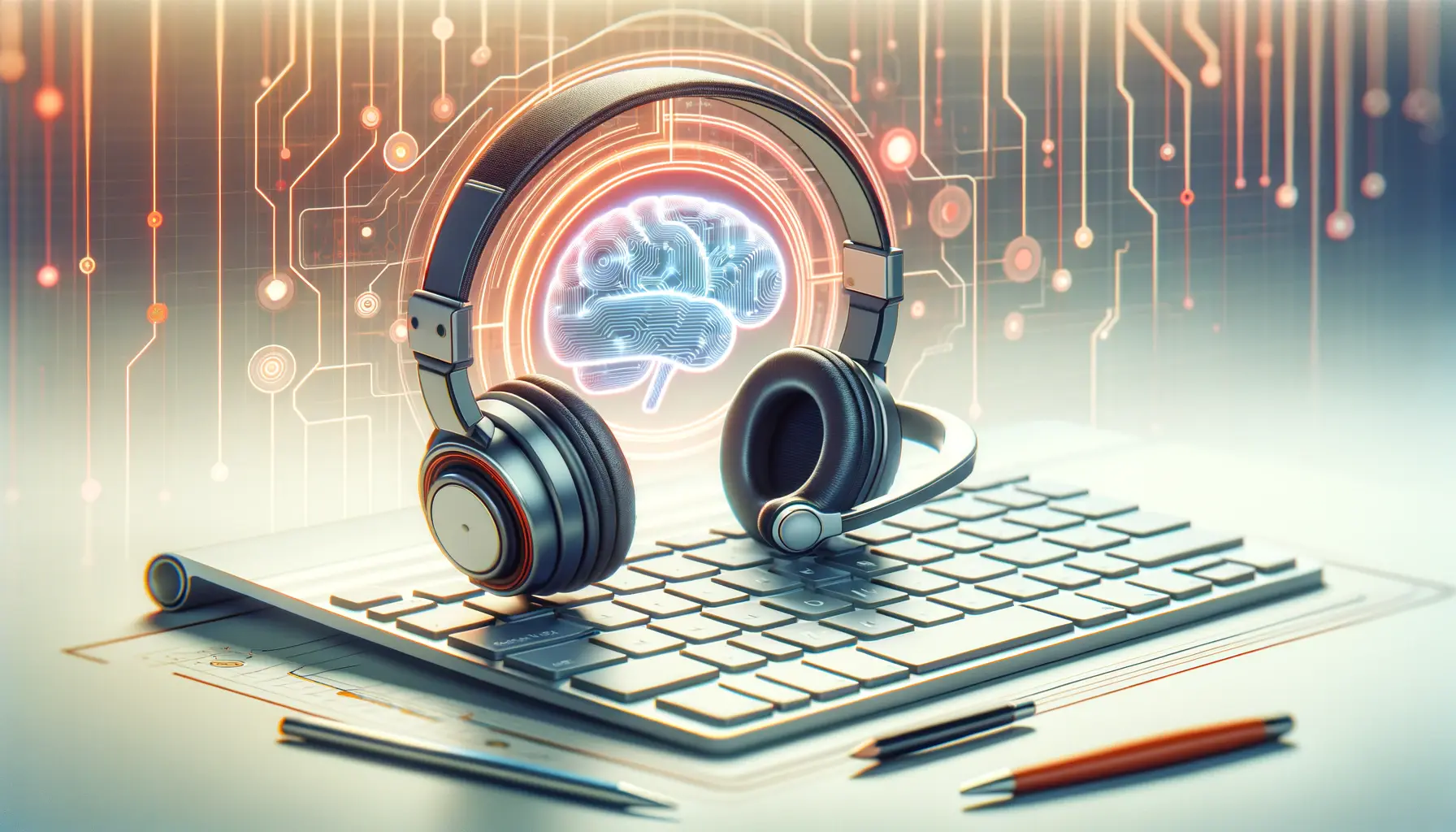The realm of artificial intelligence (AI) is ever-evolving, with new technologies emerging at a rapid pace.
Among these, Grok AI stands out as a beacon of innovation, pushing the boundaries of what machines can learn and how they can apply this knowledge.
The training of Grok AI is a fascinating journey into the depths of machine learning, offering insights into the future of AI applications in various industries.
At its core, the training process of Grok AI is designed to mimic the learning patterns of the human brain, albeit at a scale and speed that far surpasses our own capabilities.
This process involves feeding vast amounts of data into the system, allowing it to learn from patterns, errors, and successes.
The ultimate goal is to create an AI that is not only highly intelligent but also adaptable and capable of understanding complex concepts in a way that mirrors human thought processes.
- Understanding the Basics of Grok AI Training
- Advanced Algorithms and Model Architecture
- Real-World Applications of Grok AI
- Challenges in Training Grok AI
- Optimizing Grok AI for Efficiency and Effectiveness
- The Future of Grok AI Training
- Integrating Grok AI into Business Strategies
- Embracing the Future with Grok AI
- Grok AI Training: Essential FAQs
Understanding the Basics of Grok AI Training
The Foundation of Machine Learning
The journey of training Grok AI begins with the foundation of machine learning.
At its heart, machine learning is about teaching computers to learn from data, identify patterns, and make decisions with minimal human intervention.
Grok AI leverages advanced machine learning algorithms to sift through and analyze large datasets, learning from each interaction.
This process is not static; it evolves as more data is introduced into the system.
The ability of Grok AI to continuously learn and adapt is what sets it apart from traditional software programs.
This dynamic learning process is crucial for the AI to develop a deep understanding of the subjects it is trained on, enabling it to generate insights that were previously beyond reach.
Training Data: The Lifeblood of AI
The quality and quantity of training data are pivotal in the development of Grok AI.
This data can come from a variety of sources, including text documents, images, videos, and more.
The diversity of the data ensures that the AI has a broad base of knowledge to learn from, which is essential for its ability to understand and interact with the world in a meaningful way.
However, it’s not just about the amount of data; the relevance and cleanliness of the data are equally important.
Data preprocessing, including cleaning and labeling, is a critical step in the training process.
It ensures that the AI learns from accurate and relevant information, which significantly impacts its performance and effectiveness.
The training of Grok AI is a complex, iterative process that relies heavily on the quality and diversity of the data it is fed. This foundational aspect is crucial for the development of an AI that is both intelligent and adaptable.
Advanced Algorithms and Model Architecture
The sophistication of Grok AI’s learning capabilities is not solely dependent on the data it processes but also on the advanced algorithms and the underlying model architecture that govern its learning process.
These components work in tandem to decipher complex patterns and make intelligent predictions.
At the heart of Grok AI’s training process lies its unique model architecture, which is designed to handle a wide array of tasks, from natural language processing to image recognition.
This flexibility is key to Grok AI’s ability to adapt and excel in various domains.
Deep Learning Techniques
Deep learning techniques are pivotal in enhancing Grok AI’s learning efficiency.
By utilizing neural networks with multiple layers, Grok AI can extract and learn from high-level features in the data.
This method allows for a more nuanced understanding of the content, enabling the AI to recognize patterns that are not immediately apparent.
The use of convolutional neural networks (CNNs) and recurrent neural networks (RNNs) exemplifies the application of deep learning in Grok AI’s training.
CNNs are particularly useful for tasks involving image data, while RNNs excel in handling sequential data, such as text or speech.
Reinforcement Learning
Another cornerstone of Grok AI’s training methodology is reinforcement learning.
This approach allows the AI to learn through trial and error, making decisions based on the outcomes of previous actions.
It’s akin to teaching a child through rewards and consequences, which reinforces positive behaviors and discourages negative ones.
Reinforcement learning is instrumental in tasks that require strategic decision-making, such as playing games or navigating through complex environments.
By continuously interacting with its environment, Grok AI learns to optimize its actions to achieve specific goals.
- Algorithm Optimization: Continuous improvement of algorithms ensures that Grok AI remains at the cutting edge of AI technology.
- Scalability: The architecture is designed to scale, allowing Grok AI to handle increasing amounts of data and more complex learning tasks efficiently.
- Adaptability: Flexibility in learning approaches enables Grok AI to adapt to new challenges and domains rapidly.
The combination of advanced algorithms, deep learning techniques, and a flexible model architecture is crucial for the development of Grok AI’s robust learning capabilities.
Real-World Applications of Grok AI
The practical applications of Grok AI span across various industries, showcasing its versatility and the transformative impact it can have on businesses and society.
From healthcare to finance, Grok AI’s ability to analyze vast datasets and provide actionable insights is revolutionizing how we approach problems and make decisions.
Healthcare Innovations
In the healthcare sector, Grok AI is making strides by enhancing diagnostic accuracy and personalizing patient care.
By analyzing medical records, imaging data, and genetic information, Grok AI can identify patterns and anomalies that may be indicative of specific health conditions.
This capability not only aids in early detection but also in the development of customized treatment plans for patients.
Moreover, Grok AI’s predictive analytics can forecast disease outbreaks and patient admissions, enabling healthcare facilities to allocate resources more efficiently and improve patient outcomes.
Financial Services Transformation
Grok AI is also transforming the financial services industry by automating risk assessment, fraud detection, and customer service operations.
Its ability to process and analyze large volumes of transactions in real-time helps financial institutions identify fraudulent activities and mitigate risks more effectively.
Additionally, Grok AI’s insights into customer behavior and market trends enable personalized banking experiences and informed investment strategies, contributing to higher customer satisfaction and better financial performance.
Enhancing Customer Experiences
Customer service and experience are being redefined through the integration of Grok AI into chatbots and virtual assistants.
These AI-powered tools can understand and respond to customer queries in a natural, conversational manner, providing 24/7 support and significantly improving customer engagement.
Furthermore, Grok AI’s ability to analyze customer data and feedback helps businesses tailor their products and services to meet the evolving needs and preferences of their clientele, fostering loyalty and driving growth.
- Automated Content Creation: Grok AI is utilized in generating written content, from news articles to personalized marketing messages, enhancing efficiency and creativity.
- Supply Chain Optimization: By predicting demand and identifying potential bottlenecks, Grok AI helps companies optimize their supply chains, reducing costs and improving delivery times.
- Environmental Monitoring: Grok AI’s data analysis capabilities are applied in environmental monitoring, helping to predict climate changes and assess the impact of human activities on the environment.
The diverse applications of Grok AI demonstrate its potential to drive innovation and efficiency across a wide range of sectors, making it a key player in the ongoing digital transformation.
Challenges in Training Grok AI
While the development and application of Grok AI offer immense potential, the process is not without its challenges.
Training an AI system as sophisticated as Grok requires overcoming several hurdles, from data acquisition to ethical considerations.
Data Quality and Availability
One of the primary challenges in training Grok AI is ensuring access to high-quality and diverse datasets.
The effectiveness of AI training is directly linked to the quality of the data it learns from.
In many cases, obtaining clean, comprehensive, and unbiased data sets can be difficult, particularly in fields where data is sensitive or proprietary.
Moreover, data privacy concerns and regulations, such as GDPR in Europe, add another layer of complexity to data collection and usage, requiring stringent measures to protect personal information.
Computational Resources and Energy Consumption
The computational power required to train Grok AI, especially for complex models and large datasets, is substantial.
This not only involves significant financial investment in hardware and cloud services but also raises concerns about energy consumption and environmental impact.
The carbon footprint associated with training large AI models has become a growing concern, prompting the need for more energy-efficient computing technologies.
Algorithmic Bias and Ethical Implications
Another significant challenge is the potential for algorithmic bias, where AI systems may exhibit prejudiced behaviors based on biased data or algorithms.
This can lead to unfair or discriminatory outcomes, particularly in sensitive applications such as hiring, law enforcement, and loan approvals.
Addressing algorithmic bias requires careful consideration of the data and algorithms used in training, as well as ongoing monitoring and adjustment of AI systems.
- Adapting to Rapid Technological Changes: The fast pace of advancements in AI technology necessitates continuous learning and adaptation of Grok AI to remain effective and relevant.
- Ensuring Interdisciplinary Collaboration: Successful training of Grok AI often requires collaboration across various fields, including data science, domain expertise, and ethics, to address the multifaceted challenges it presents.
Ignoring the ethical and societal implications of AI training can lead to significant negative consequences, underscoring the importance of responsible AI development.
Optimizing Grok AI for Efficiency and Effectiveness
Optimizing the training process of Grok AI is crucial for enhancing its efficiency and effectiveness.
This involves refining algorithms, improving data quality, and employing strategies to reduce computational demands and environmental impact.
The goal is to develop a more intelligent, responsive, and sustainable AI system.
Algorithmic Enhancements and Efficiency
Improving the efficiency of Grok AI involves optimizing its algorithms to reduce computational complexity without compromising performance.
Techniques such as pruning, quantization, and knowledge distillation are employed to streamline the AI’s neural networks, making them faster and less resource-intensive.
These optimizations enable Grok AI to learn more effectively from data, enhancing its ability to make accurate predictions and decisions.
Furthermore, researchers are exploring new model architectures that are inherently more efficient, requiring less data and computational power to achieve high levels of performance.
These advancements not only improve the scalability of Grok AI but also make it more accessible to organizations with limited resources.
Data Management and Augmentation
Enhancing data quality and effectively managing datasets are key to optimizing Grok AI’s training.
Techniques such as data augmentation, which artificially expands the training dataset by creating modified versions of existing data, help improve the model’s robustness and its ability to generalize from limited data.
Additionally, employing advanced data cleaning and preprocessing methods ensures that Grok AI learns from accurate and relevant information, further boosting its performance.
Green AI Initiatives
Addressing the environmental impact of training Grok AI is a priority for the AI community.
Green AI initiatives focus on developing more energy-efficient computing technologies and optimizing AI models to reduce their carbon footprint.
This includes the use of renewable energy sources for data centers and adopting more efficient cooling technologies to lower energy consumption.
- Transfer Learning: Leveraging pre-trained models on similar tasks can significantly reduce the resources required for training Grok AI on new tasks, enhancing efficiency.
- Collaborative Learning: Distributed and federated learning approaches allow Grok AI to learn from decentralized data sources, reducing the need for centralized data collection and processing.
- Adaptive Learning Rates: Adjusting the learning rate during training can help Grok AI converge faster to optimal solutions, minimizing computational waste.
Efficient and effective training of Grok AI not only improves its performance but also contributes to the sustainability of AI technologies.
The Future of Grok AI Training
The future of Grok AI training holds promising advancements and potential shifts in how artificial intelligence systems are developed and applied across industries.
As technology evolves, so too will the methodologies and strategies for training AI, leading to more sophisticated, ethical, and efficient AI systems.
Next-Generation AI Models
Emerging research and development efforts are focused on creating next-generation AI models that are more powerful, efficient, and capable of understanding and interacting with the world in more nuanced ways.
These models aim to surpass current limitations by achieving greater generalizability, enabling Grok AI to apply its learning across a broader range of contexts and tasks with minimal additional training.
Furthermore, advancements in unsupervised and semi-supervised learning techniques will allow Grok AI to learn from data with little to no human labeling, significantly reducing the time and resources required for training while also unlocking new possibilities for AI applications.
AI Ethics and Governance
As AI technologies like Grok become more integrated into our daily lives, the importance of ethical considerations and governance frameworks cannot be overstated.
The future will likely see increased emphasis on developing AI in a manner that prioritizes fairness, transparency, and accountability.
This includes creating standards and regulations that guide the ethical use of AI, as well as mechanisms for monitoring and addressing bias and other ethical concerns.
Collaboration among stakeholders, including technologists, policymakers, and the public, will be crucial in shaping a future where AI serves the common good while minimizing potential harms.
Collaborative and Open-Source AI Development
The trend towards more collaborative and open-source approaches to AI development is expected to continue, fostering innovation and democratizing access to AI technologies.
By sharing resources, tools, and datasets, the AI community can accelerate the pace of research and development, enabling smaller teams and organizations to contribute to and benefit from AI advancements.
This collaborative ethos not only drives technological progress but also ensures a more diverse and inclusive AI future, where the benefits of AI are shared more broadly across society.
- Quantum Computing and AI: The integration of quantum computing technologies has the potential to revolutionize AI training, offering unprecedented computational power and speed.
- AI for Social Good: Increasing focus on leveraging AI to address global challenges, such as climate change, healthcare, and education, highlights the potential for AI to contribute positively to society.
- Personalized AI: Advances in AI will enable more personalized and adaptive technologies, tailoring experiences and solutions to individual needs and preferences.
The future of Grok AI training is not just about technological advancements but also about creating a more ethical, inclusive, and sustainable AI ecosystem.
Integrating Grok AI into Business Strategies
The integration of Grok AI into business strategies represents a transformative shift in how companies operate and compete in the digital age.
Leveraging the capabilities of Grok AI can lead to significant improvements in efficiency, innovation, and customer satisfaction.
However, successful integration requires thoughtful planning and execution.
Identifying Business Needs and Opportunities
The first step in integrating Grok AI into business strategies involves identifying specific business needs and opportunities where AI can have the most impact.
This could range from automating routine tasks to enhancing decision-making processes with predictive analytics.
Understanding the unique challenges and opportunities of each business is crucial for determining the most effective AI applications.
Moreover, it’s important for businesses to set clear objectives for their AI initiatives, aligning them with their overall strategic goals.
This alignment ensures that AI projects deliver tangible value and support the company’s long-term vision.
Building AI Capabilities and Infrastructure
Developing the necessary AI capabilities and infrastructure is another critical aspect of integration.
This includes investing in the right technology and talent, as well as establishing the data management practices required to support AI initiatives.
For many businesses, this may involve significant up-front investment and organizational changes to foster a data-driven culture.
Collaboration with AI experts and technology partners can help businesses navigate these challenges, providing the expertise and resources needed to build robust AI capabilities.
Additionally, adopting a phased approach to AI integration can allow businesses to scale their efforts over time, starting with pilot projects and gradually expanding as they gain experience and confidence.
Ensuring Ethical and Responsible AI Use
Integrating Grok AI into business strategies also demands a commitment to ethical and responsible AI use.
This includes ensuring that AI applications respect privacy and data protection standards, address biases, and are transparent in their operations.
Establishing ethical guidelines and governance structures can help businesses navigate these issues, building trust with customers and stakeholders.
Moreover, engaging with employees, customers, and other stakeholders about AI initiatives can provide valuable insights and foster an environment of transparency and accountability.
This engagement is essential for addressing concerns about AI and its impact on the workforce and society at large.
- Continuous Learning and Adaptation: Businesses must embrace continuous learning and adaptation to keep pace with AI advancements and evolving market demands.
- Measuring AI Impact: Developing metrics to measure the impact of AI initiatives on business performance and customer satisfaction is key to understanding their value and guiding future investments.
- Creating Competitive Advantage: By effectively integrating Grok AI, businesses can create a competitive advantage, leveraging AI to innovate, optimize operations, and deliver exceptional customer experiences.
The strategic integration of Grok AI into business operations is not just about adopting new technologies but about reimagining how businesses operate and deliver value in the digital era.
Embracing the Future with Grok AI
The journey through the intricacies of Grok AI training, its challenges, and the boundless opportunities it presents, culminates in a future where AI’s potential is fully integrated into the fabric of our society and industries.
The evolution of Grok AI is not just a testament to technological advancement but a beacon for the transformative potential of artificial intelligence across all facets of human endeavor.
The Path Forward
As we stand on the brink of this AI-driven era, the path forward is marked by both opportunities and responsibilities.
The training of Grok AI, while complex and fraught with challenges, offers a glimpse into a future where AI and human intelligence coalesce to solve some of the world’s most pressing problems.
From healthcare to environmental sustainability, the applications of Grok AI are as diverse as they are impactful, promising a future where AI enhances human capabilities and fosters a more efficient, equitable, and sustainable world.
Building a Responsible AI Ecosystem
However, the journey towards this future is not without its hurdles.
The ethical, environmental, and societal implications of AI training and deployment necessitate a concerted effort from all stakeholders to ensure that AI development is guided by principles of fairness, transparency, and sustainability.
The integration of Grok AI into business strategies and societal frameworks must be undertaken with a commitment to responsible AI use, ensuring that the benefits of AI are accessible to all and that its development is aligned with the broader goals of human welfare and environmental stewardship.
- Continued Innovation and Research: Pushing the boundaries of what AI can achieve while addressing the technical and ethical challenges it presents.
- Collaboration Across Borders: Fostering global cooperation among governments, industries, and academia to share knowledge, resources, and best practices in AI development and governance.
- Empowering Communities: Leveraging AI to empower communities with tools and technologies that enhance education, healthcare, and economic opportunities, bridging the digital divide.
In conclusion, the development and integration of Grok AI into our world is a journey filled with immense potential and significant challenges.
As we navigate this path, the focus must remain on harnessing the power of AI to enhance human capabilities and address global challenges, while also ensuring that AI development is ethical, responsible, and inclusive.
The future of Grok AI is not just about the technology itself but about how we choose to develop, deploy, and govern it to create a better future for all.
Grok AI Training: Essential FAQs
Delve into the most common inquiries surrounding the training and application of Grok AI, providing insights for enthusiasts and professionals alike.
Grok AI is an advanced artificial intelligence platform designed to learn and adapt by processing vast amounts of data, mimicking human-like understanding.
Grok AI learns through machine learning algorithms, analyzing patterns in data to improve its decision-making and predictive capabilities over time.
Its ability to process real-time data and adapt to new information rapidly sets Grok AI apart, offering innovative solutions to complex problems.
Yes, Grok AI can significantly enhance business operations by automating tasks, optimizing processes, and providing actionable insights.
Grok AI finds extensive application in healthcare, from diagnosing diseases to personalizing patient care and predicting health trends.
Training Grok AI involves challenges like ensuring data quality, managing computational resources, and addressing ethical considerations.
Businesses can integrate Grok AI by identifying strategic opportunities, investing in AI infrastructure, and adhering to ethical AI practices.
The future of Grok AI training lies in developing more efficient, ethical, and adaptable AI systems that can tackle a broader range of tasks.
